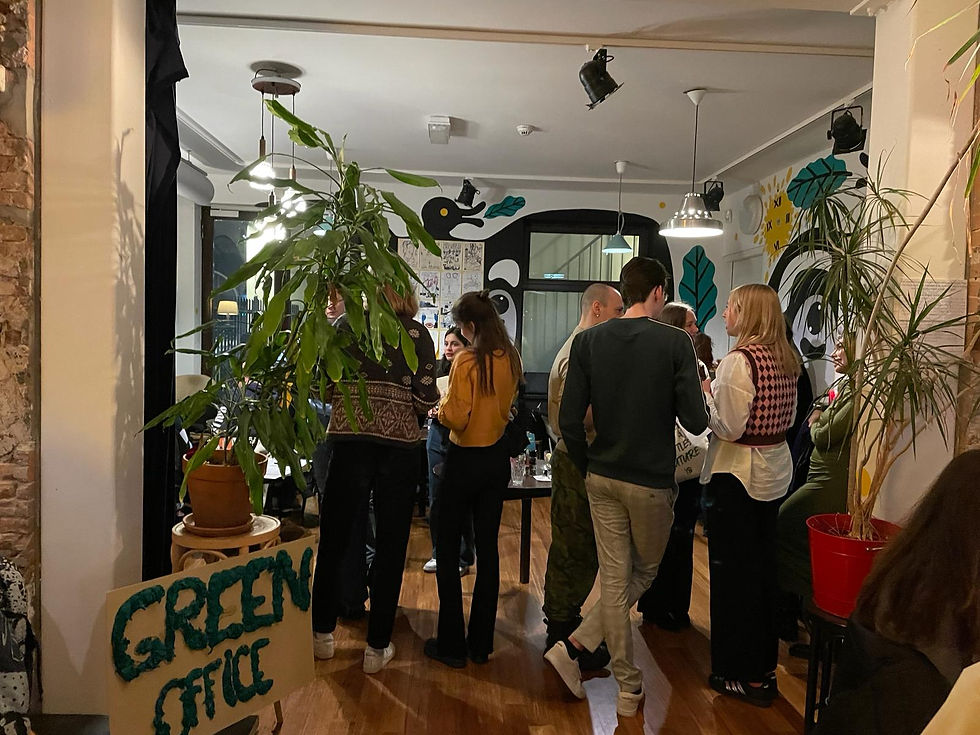To trust or not to trust: Recycling in Amsterdam
- Green Office

- Mar 24, 2020
- 2 min read
Updated: May 5, 2020
“Be green. Be conscious. Be woke. Be a responsible citizen. Don’t use plastic. Recycle!” We all want to be and embody all those things, but sometimes the line can seem blurry for what is really the right thing to do. The green community worldwide is growing at a rapid pace, as we face the reality of the urgency needed to make changes in our day to day, to save our one and only home. Even so, I think most of us have experienced the uncertainty of where exactly our recycled goods are going and are our actions even making an impact?!
It's time this uncertainty is addressed once and for all!

To be completely honest I had to look high and low (aka hours of internet spiraling and several dead-end calls) to find information on the recycling process in Amsterdam, which indicates the obvious need for improvements in terms of transparency, but here is what I found. In the city of Amsterdam, you can find recycling bins strategically placed throughout every area of the city. Each part of the city has its own waste guide, which can be found here.
We, as consumers, are a vital part of making recycling successful, we must also separate our waste products correctly so they can be efficiently utilized (information can be found in the aforementioned waste guide). Recently the city of Amsterdam has started using sensors in the waste containers to indicate when they are full and can, therefore, be collected, making for a more efficient recycling process.
After collection, trash is transported to AEB Amsterdam waste plant and recyclables are transported to several different plants around the city. One of these is Van Werven, which for example utilizes hard plastics into playground materials for children.
This is done by a seven-step process:
1. Receiving plastic waste
2. Sorting the plastic by hand on conveyor belt
3. The plastic is shredded
4. The plastic is washed
5. Then it is analyzed at a lab
6. Shredded plastic is sorted into bags and lastly
7. Re-used into a new product.
The waste from the plastic that is not able to be used is then sent to AEB. According to their website, they convert “99% of the 1.4 million tons of municipal and industrial waste that is being delivered annually, into sustainable energy and raw materials.”. They also use the waste to provide central heating for homes in Amsterdam. AEB sorts through metal, collecting valuable materials aside, and using the remainder in road construction.
The quest for information on the recycling process in Amsterdam was long, highlighting a need for greater transparency from municipalities (and why not companies as well!), but satisfying in the end. We as the public and as consumers have the power to demand our municipalities, as well ask the companies we are buying the products from in the first place, for transparency on their sustainability practices. In using this power, we have the ability to make a change, as they say, what goes around comes around!
I hope this also gives you some closure on the subject of how recycling in Amsterdam works and gives comfort in knowing that your plastic waste could give a child a nice place to play.



